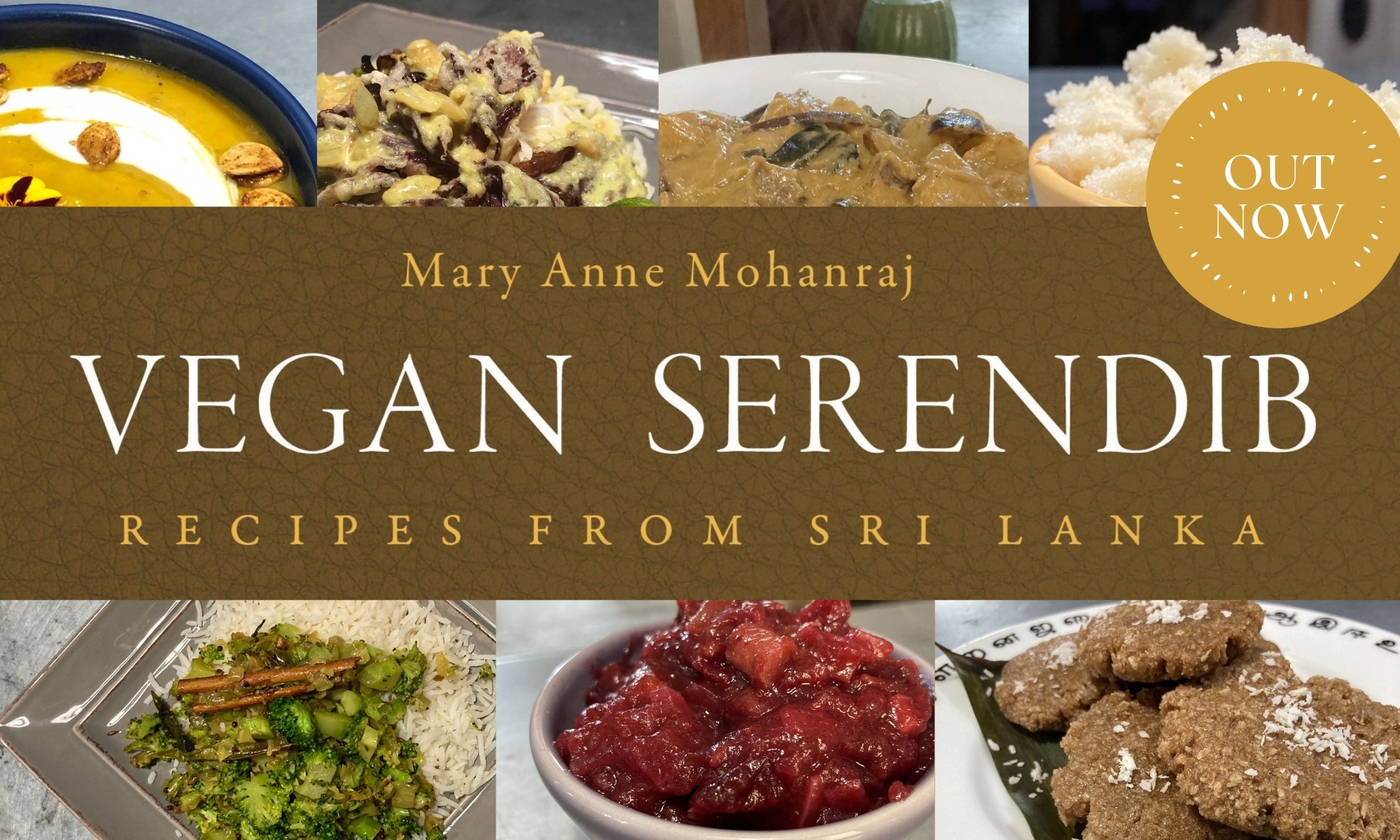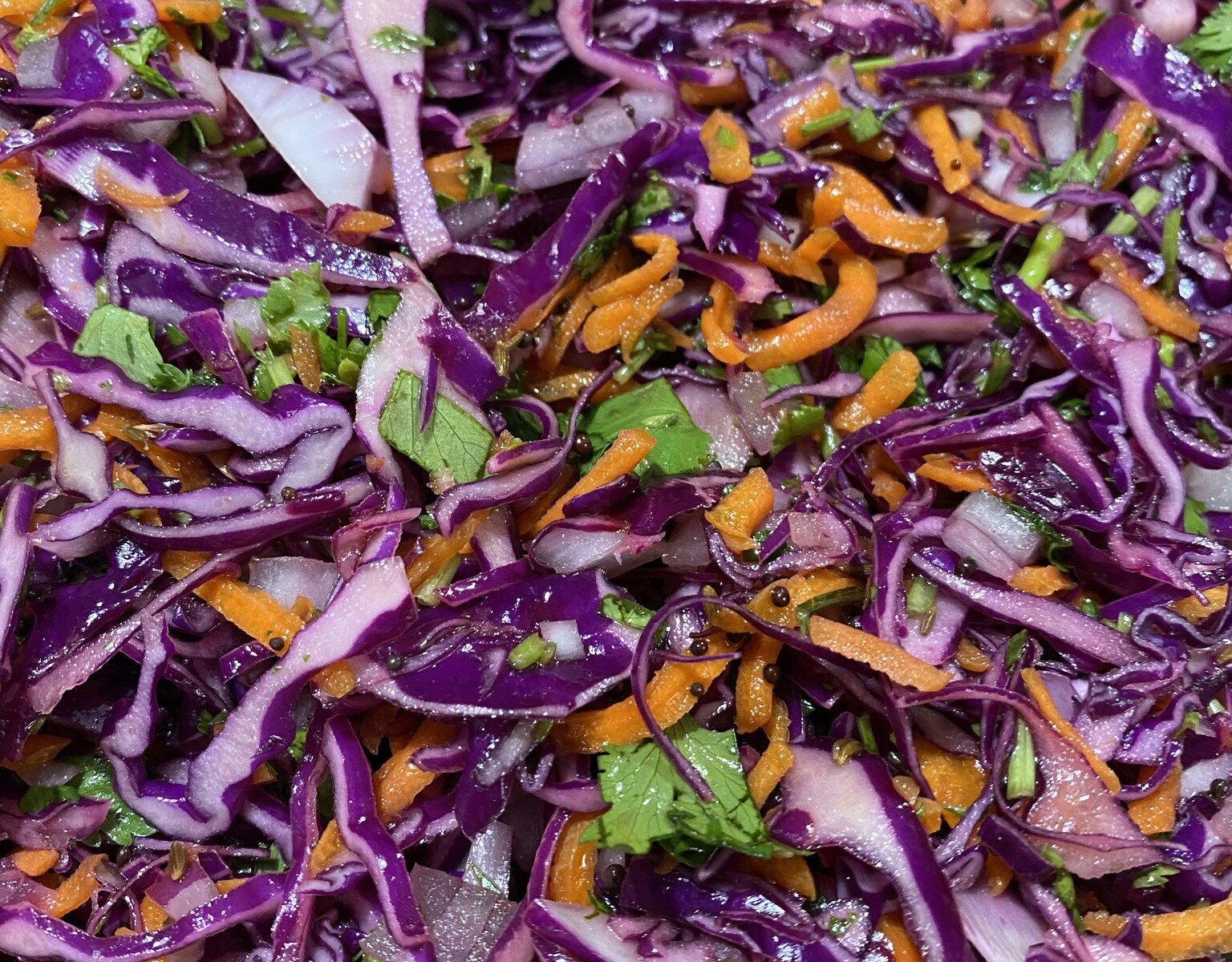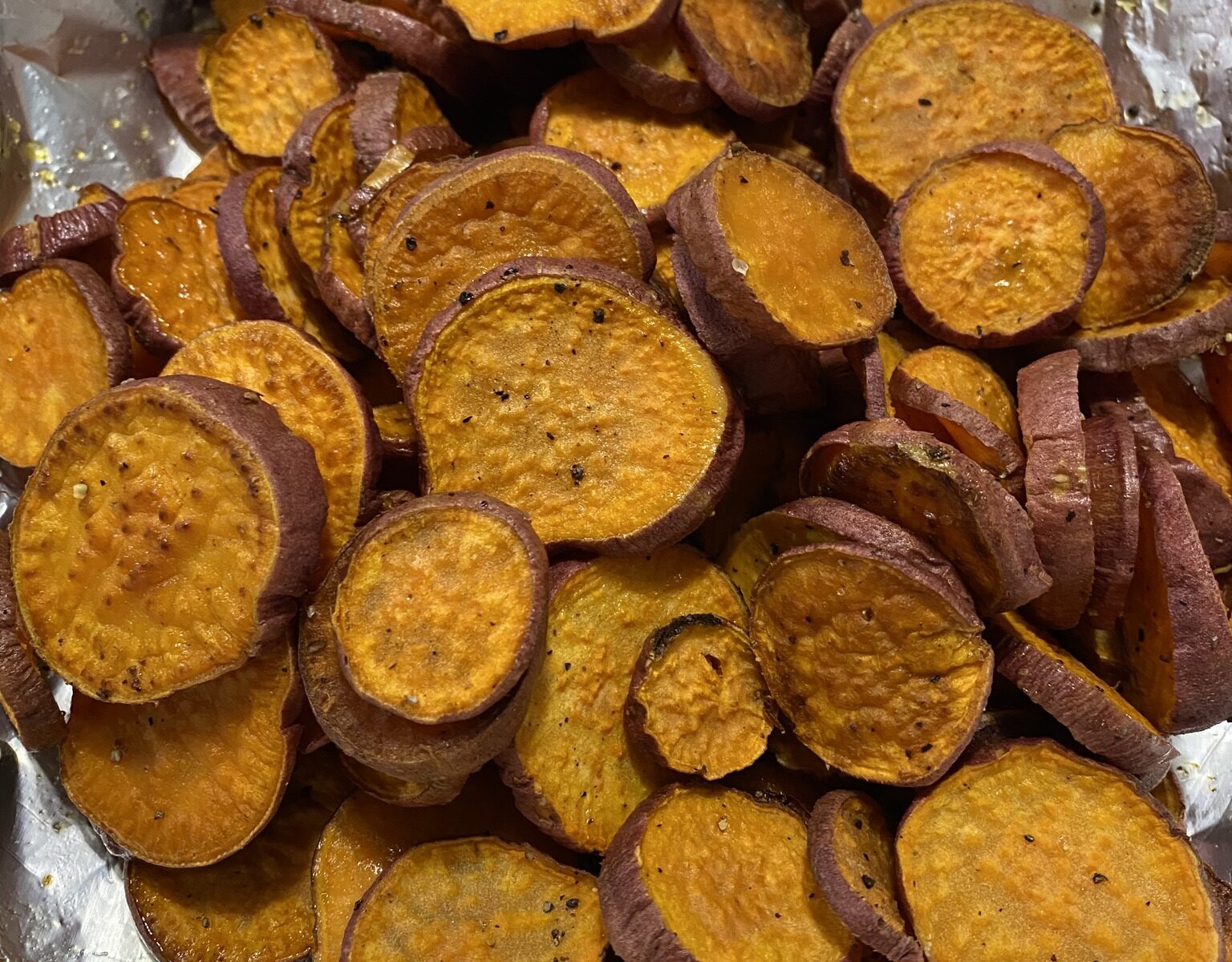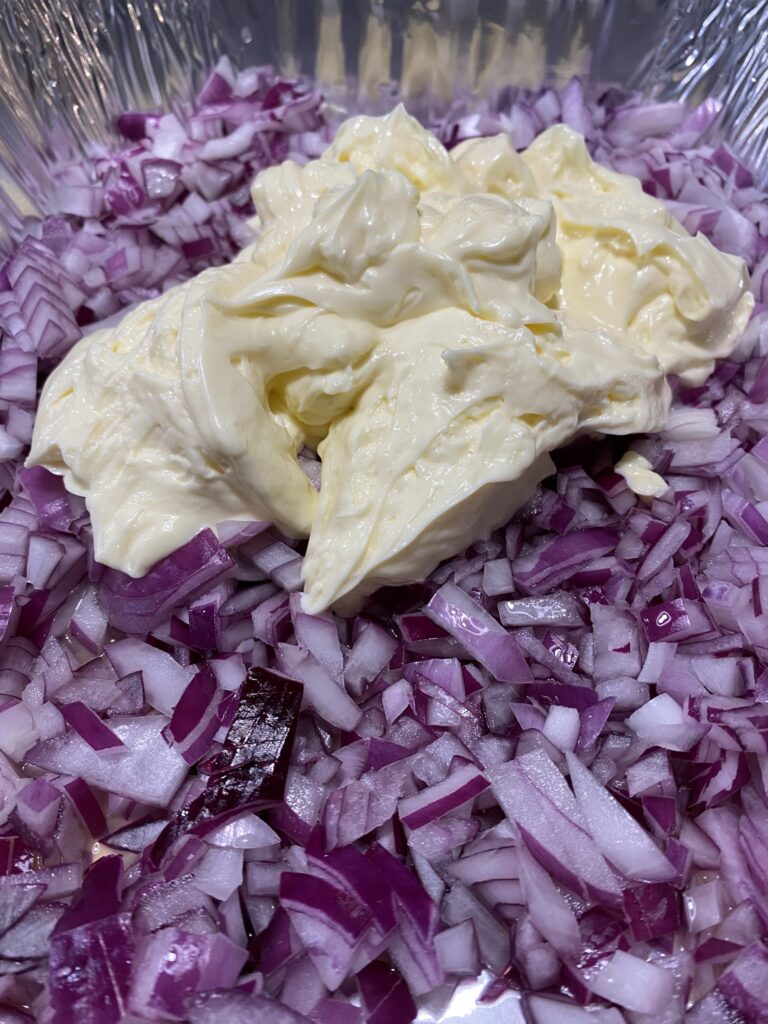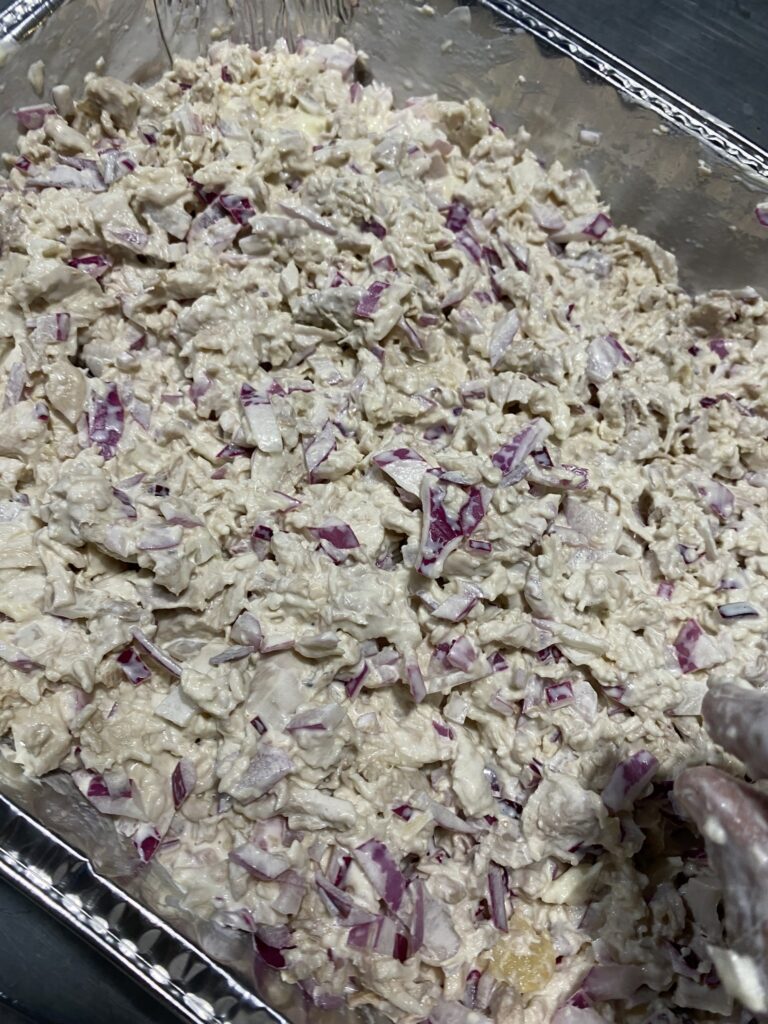I admit, I haven’t been really paying much attention to the Venezuelan refugee situation. I don’t always follow the news, and especially in the summer, when I’m not teaching, I’m not generally listening to NPR on a commute, etc.
I’d seen a few comments on local community groups, but it was only when I saw that someone had set up a meal train for a group of about 42 migrants currently being housed at a police station just a few blocks away (locals: on Madison, just over the border at Austin, PS 15), that I noticed that there was a crisis happening nearby. So, without knowing much except that there were refugees that needed food, and I had time to cook, I signed up for a slot in the meal train.
***
I wasn’t sure what I would make at first — the organizers give some guidance, but there’s a lot of leeway in there. (You can even order pizza to be delivered, if you’re not up to cooking, but want to help.) At first I was thinking Sri Lankan would be easiest, and a nice sort of bridge between my culture and theirs — but then I thought, no.
They’re refugees. They’re tired and scared and trying to entertain small children on the little stretch of concrete in front of the parking pad. They can’t go far for work because when a refugee org. manages to find housing for them, the buses come to pick people up, and if they’re not there when the buses come, at irregular and unpredictable times, they’re out of luck.
They have to be exhausted and frustrated and there isn’t much I can do about any of that, but I know if I were in that situation, one thing I would want is home food. Not necessarily every meal, but at least once in a while? Something familiar, something delicious, something that tastes like what I used to eat when I had my own kitchen, access to my pots and pans and spices. Something comforting.
***
So that simplified my decision — I’d make Venezuelan food for them. Not that I’ve ever cooked Venezuelan food before, but surely some dishes would be easy enough. At first, I thought I could try to make stuffed arepas, and then I thought, hm, let’s not set ourselves up with a hard task that might lead to failure. I’ve never made arepas before — maybe trying to make them for 42 for the first time isn’t the smartest plan.
I settled on Venezuelan chicken stew for my main dish, pollo guisado. Reasonably affordable (I used two packages of Costco chicken — and my groceries for the meal overall were about $100, which is not bad for feeding 42 people) and straightforward to cook. Much like any chicken stew I might make, though the addition of olives lent an interesting note.
The trickiest part was figuring out how to cook a giant batch with the pots and pans I had on hand. I was quadrupling the recipe — thankfully, it turned out that a double-batch fit in each of the bigger pots I had, so that was pretty manageable in the end.
I seared all the chicken (tossed in salt and pepper) first, then set it aside. Then in one pot, sautéed the onions & garlic, added canned tomatoes and spices and chopped olives, let that cook for a little bit.
Then I took my big ladle and spooned half of that mixture into the other pot. Which made room to add the chicken in, and the potatoes, and the carrots. Then it was just cooking it down, checking the salt (no need for more salt with those olives, it turned out!) and pepper. I thought the end result tasted pretty good — not as good as abuela makes, I’m sure, but not bad for a first try!
All very straightforward, maybe 90 minutes of cooking total? I put the finished dish into two foil half-trays. Kevin had already made a big batch of seasoned black beans, filling another foil half-tray, so I was pretty confident that we had a good amount of main dish protein on hand. But there was going to be more, of course. I couldn’t stop there… (see next post)
Pollo Guisado recipe: https://thecookwaregeek.com/venezuelan-pollo-guisado…/
An article explaining the Venezuelan refugee situation in Chicago: https://borderlessmag.org/…/more-than-25-of…/
